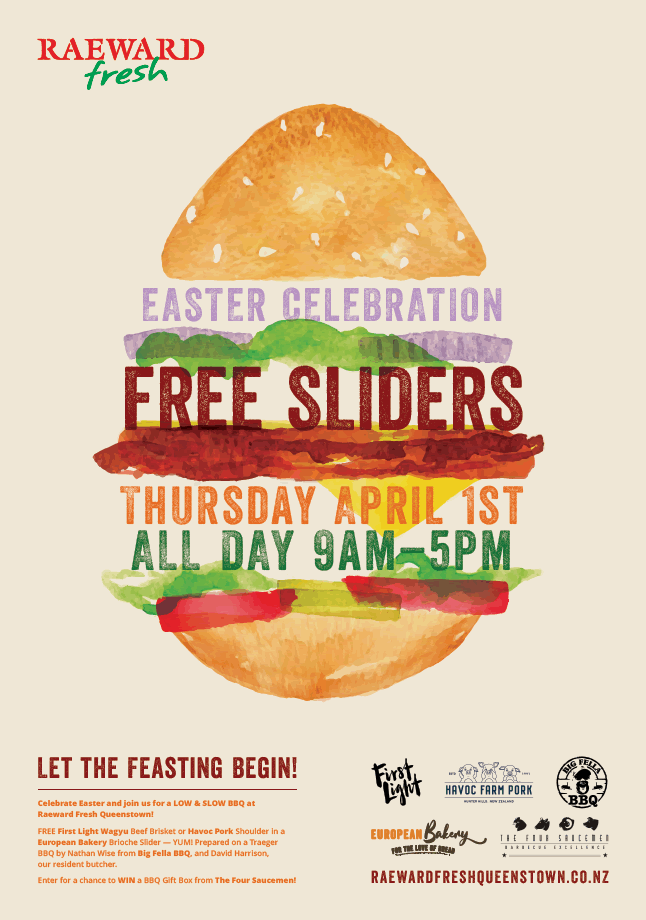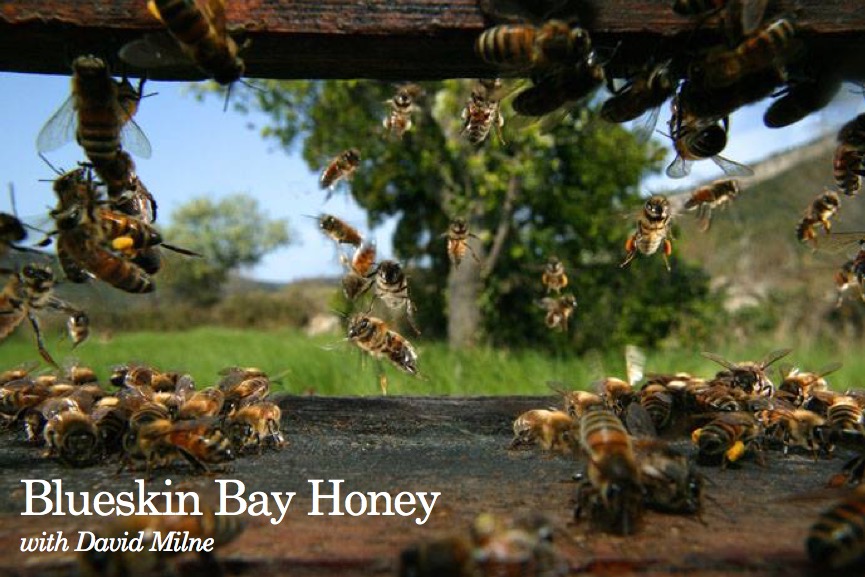
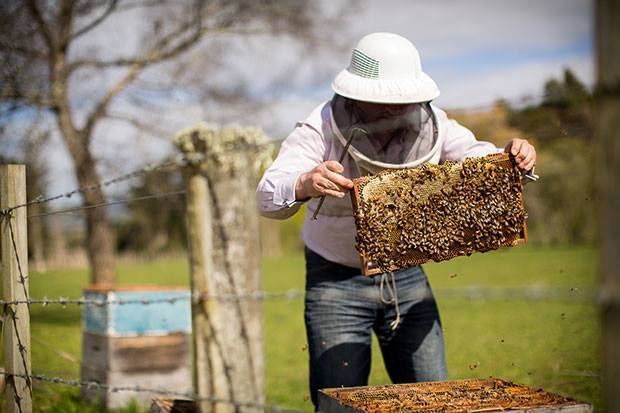
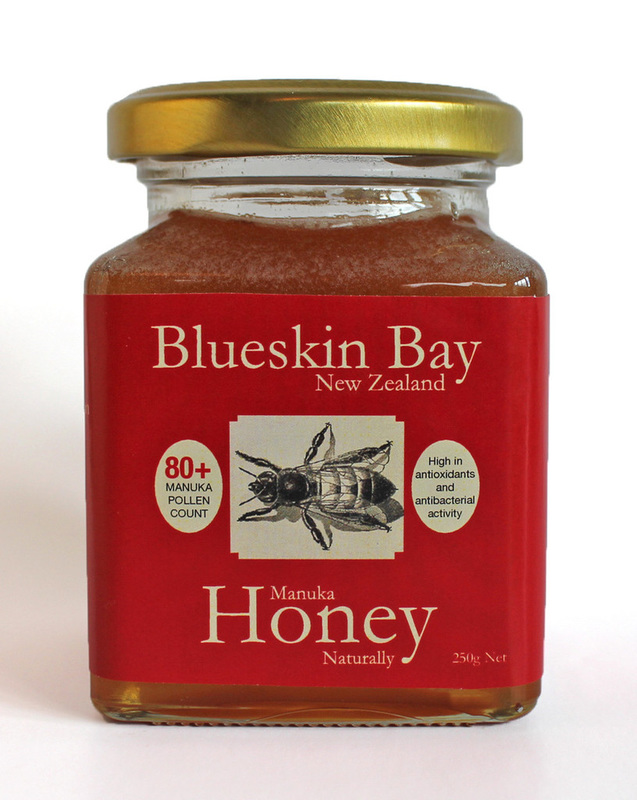
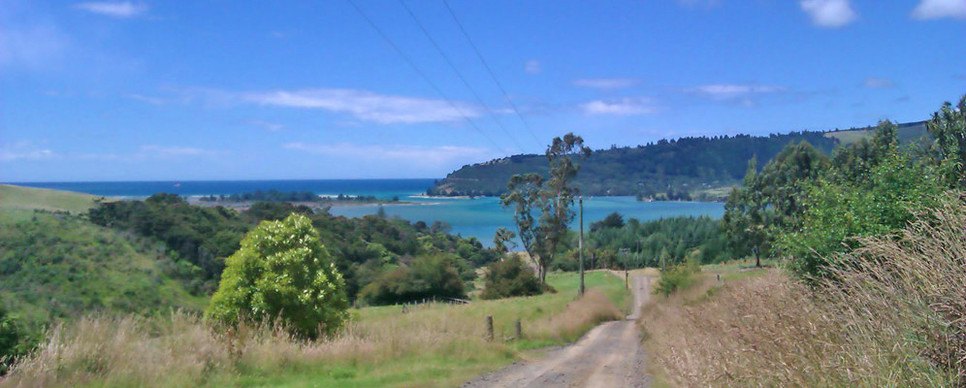

|

|
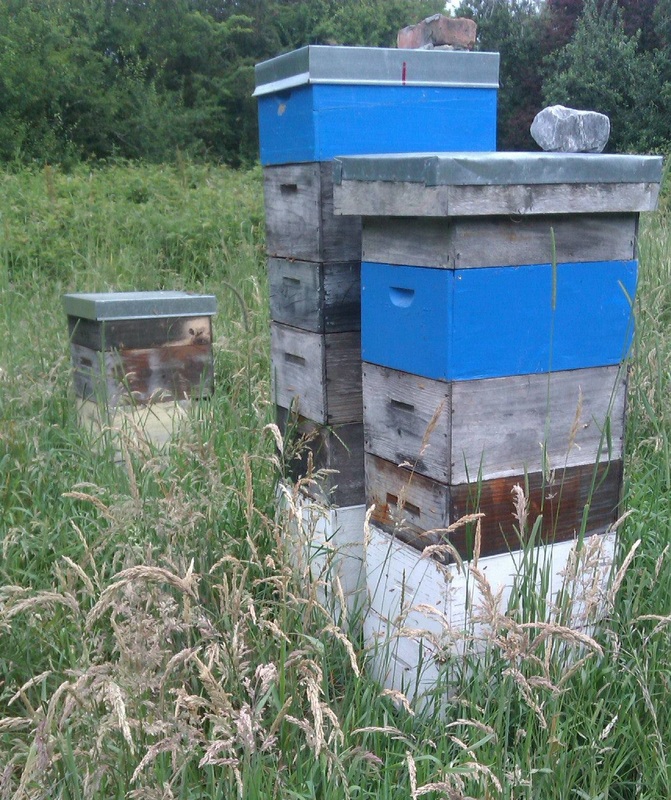





|

|








|

|










Caramelised Onion
Spiced Tomato Jam
Gherkin Relish
Pepper Relish
Beetroot Relish
Zucchini Relish
Brinjal Chutney




It’s cool to see how all of Kelvin’s experiences throughout the years have woven together, making their way into these relishes, jams and chutneys. We’re so glad at Raeward Fresh to share his story in a jar.





















|

|











|

|





It’s a real privilege to connect with the people who grow what we eat. Getting out to farmer’s markets or dealing directly with the suppliers of our meat, produce and dairy seems part of our cultural longing to move away from industrialized food. At Raeward Fresh Queenstown (formerly Mediterranean Market) it makes us happy to help shrink the distance between the regions best food producers and people eager to get closer to the source of what they cook every day.
Growing up on a farm in Southland, Raeward Fresh co-owner Angela and her four sisters instinctively knew what ‘farm to table’ meant. They enjoyed the buttery flavour of home grown and home-killed lamb as a staple part of their diet. It’s the kind of privilege that Director Niki Caro parodied in her brilliant Kiwi film Whale Rider, where the local kids bemoaned the fact that they had to eat lobster all the time – Angela was similarly spoiled with the extraordinary quality of lamb that New Zealand naturally produces. Being that close to the land she also knew exactly where the meat came from, what it was fed on, and how it was treated through the whole process. Today, it’s this same appreciation for home grown quality that she now brings to purchasing lamb (and everything else) for Raeward Fresh.
|
|
|







For lamb dishes that only take a few minutes to prepare but draw a smile of down-home contentment, we’d like to share a couple of recipes we’ve cooked up this week – one on the farm down south with Sue, and next week we’ll post the other cooked at the shop’s Queenstown kitchen with Anne.

|
|
|
Coconut Oil is a saturated fat and YES it’s good for you! It is anti-bacterial, anti-microbial, and anti-inflammatory which means that it kills things that should not be hanging around in your body. Additionally, it’s a great immune booster as it helps the body to create the adrenal hormones it needs to fight stress naturally. Once coconut oil arrives in your liver, it boosts your metabolic rate because it uses up energy when consumed.
Another great benefit of using coconut oil for cooking is that it has a very high smoking point so it doesn’t convert to free radicals or become carcinogenic when you use it to cook at high temperatures.
At Raeward Fresh we love wild harvested Niugini Organics Coconut Oil. For those of us who don’t enjoy the taste of coconut but want all the benefits we recommend Blue Coconut Cooking Oil. Coconut Oil is great slathered across your toast, it’s superb for all kinds of baking, adding into soups and providing a tasty dimension to your smoothies. It’s flying off our shelves at the shop and we’re glad to see this super healthy oil put to such delicious use.
*Eye Fillets – approx. 1/2 kg
The fillet is very tender and best when barely cooked through. Fry eye fillets with a little coconut oil over medium heat in a cast iron pan for 3 minutes on one side and 2 more minutes on the other (depending on how well done you like your lamb).
*Loin Fillets – approx. 2 kgs
Treat the same as the eye fillet, but since the cut is a bit thicker just cook it for a bit longer.
* Both fillet cuts are fabulous with a favourite salad or greens. You can also place them over a buttery couscous for a quick and delicious meal.
Boneless Tunnel Bone Leg – approx. 1.3 kgs
Since the bone has been removed you can knock off about 30 minutes from the cooking time. If you’re roasting the leg, 1 hour at 180˚C should be fine. You can fill the leg with a stuffing, or garlic and herbs such as thyme and rosemary.
Thick Flank Steaks
Similar to fillets, sear them well on both sides – no more than 5 to 7 minutes in a hot cast iron pan. This is a premium leg cut and on request can be left as a Thick Flank Mini Roast for other uses.

Danish Leg – 2.3 kgs
This is actually a shoulder cut and therefore at it’s best when cooked slowly (110˚C for 4 hours). Cooked in a moderate oven, it will take about 1 1/2 hours as the bone is out.
Mince – lean
Lamb mince is lean and very versatile. You can make Greek Moussaka’s or an Italian Lasagne, or French Rissoles. Lamb mince can also be used for an interesting twist on traditional Bolognese.
Butterfly Shoulder – 1.2 kgs
In this wonderful cut, the shoulder has been boned out and splayed. Great on the BBQ (around 15 minutes on each side over hot coals) or baked in the oven at 170˚C for 30 minutes and finished in a mud oven, pizza oven or back on the BBQ. Some people like to marinate the butterfly cut in yogurt and spices, then lay it open on an oven rack and let it drip into a tray of root vegetables roasting below.
Hind Shanks & Foreshank – .35 to .6 kgs
These cuts are at their best when slow cooked in a crock pot (or any slow cooker). Moroccan spices or some wine and broth pair with the flavour well. You can also place the shanks in a covered dish in a moderate oven (150˚C) for an hour or two until tender.
Diced
Diced lamb is perfect for curries, pies, or sliced a little thinner for pizza’s or tortillas. Once fried, you can also chop it up a little finer for fillings or salad toppings.


Myles McLachlan grew up in Auckland, the son of parents who both grew up on the land (Picton for Dad and New Plymouth for Mum. This heritage informed the McLachlan family diet, which Myles reports was reasonably health conscious at around 80% natural / organic until his younger brother, Alexander, was diagnosed with lymphoma. At that point, the family decided to aid Alex’s recovery by going to a diet of 100% whole foods. In a silver lining to a very difficult time for the McLachlan family, the positive effects of their new diet set the stage for them to see the potential of future opportunities.





Speaking of comfort, on the cacao scene this time (oh chocolate…), Pure Coco also produce a great coconut / cacao nib which is completely raw and uses fair trade cacao (not cocoa). This makes a great nibbling snack or an interesting, textured, flavourful baking topping. Finally, Pure Coco’s raw cacao coconut bar is a powerful little on-the-go treat containing 47.5% raw cacao (makes for very good feelings), the rest being raw coconut milk, coconut oil and coconut flour. Of course, there are no nasty chems or GMO bits in Pure Coco’s lineup and the way they work with the world around them means we can all enjoy staying here ethically and sustainably a little bit longer. The McLachlan family has teamed up with Fijian families, and now Samoan families too, to bring us some of the best of their island worlds. I encourage you to grab a few Pure Coco products for your own test kitchen and share the love.

Ingredients:
Either a double shot of espresso, or a half cup of French Press, or a Mokka (shown above) pour.
1 tbsp butter (Lewis Road Creamery is the best for this)
1 tbsp Pure Coco extra virgin coconut oil
warm milk (frothed)
Method:
• Extract your coffee as you normally would.
• add the butter and coconut oil and using a stick blender, give it a good whiz until completely blended and frothy
• Foam your warm milk (I have a screen plunger at home that I pump for around 20 seconds, works really well) and pour into the coffee blend.

Ingredients:
1/4 cup olive oil (peanut oil or rice bran oil will work too)
60g butter
50g Pure Coco coconut oil
1 tsp flaky sea salt
2 tbsp Pure Coco coconut sugar
1 cup of popping corn
Method:
There are a few things to keep in mind here. First, the pot. I’ve used a large wok or 4 litre soup pot, but you’ll need a good sized lid to cover either. I’ve also used a huge 10qt pot with an enamel coating which works pretty good. The best though, is a really large cast iron dutch oven or camping pot. The bigger the better. You gotta troll the garage sales and second hand shops for this black iron beauty. Secondly, you need to regulate the heat so it’s really hot at the beginning and less so towards the end. Sometimes I lift the pot above the heat as the popping dies down, sometimes I reduce the gas flame (if you have it). You’ll get used to your own gear once you see the state of your final popped corn and the bottom of your pot. You know you have it down when the kettle corn tastes great and nothing’s burnt on the bottom of the pot.
1. Place the cast iron pot on the stove top on high heat. Add the olive oil, butter, salt and coconut oil. When the butter is just about melted, add the corn.
2. Give the pot a bit of a stir to coat the corn and then add the coconut sugar. Don’t stir it again just yet as you want the corn to heat up a bit before the sugar starts to melt. Place the lid on the pot and wait until you hear the first kernels pop.
3. Using some heavy duty pot holders, pick up the pot with both hands and give
it a few circular movements. This will stir the sugar into the oils and coat the newly popping kernels. Place the pot back on the stovetop and repeat the swirling movements every 30 seconds as the corn keeps popping. This keeps the sugar from burning and continues to coat corn. You can also move the pot slowly around the burner to keep the heat distributing.
4. Once the popping dies down either reduce the flame a bit or lift the pot until just a few kernels pop over a 10 second period. Remove from the heat immediately. If you have a light enough pot, you can get a solid grip on the whole thing and turn it upside down (with the lid on!). This is tricky and risky but you’ll coat the popped corn with any remaining oils. Otherwise, take the lid off immediately and toss the popped corn in the pot using a forward then jerking up circular motion. This airs the popped corn and keeps anything from burning on the bottom. Cast iron retains a lot of heat so you’ll need to pour the kettle corn into a serving bowl as soon as you can. If you have a thinner bottomed pot, you can toss the corn for a minute and then eat it straight out of the pot.

Welcome to our Gift Hamper Service. Please confirm that you are aged 18 years or over if you are purchasing packages that include alcohol.
